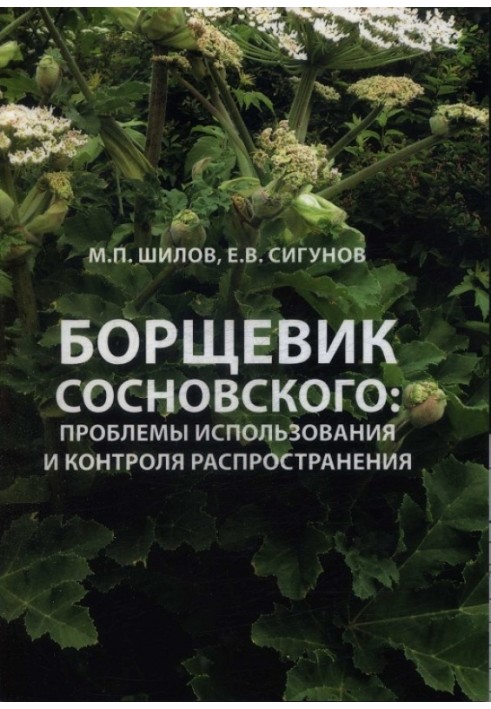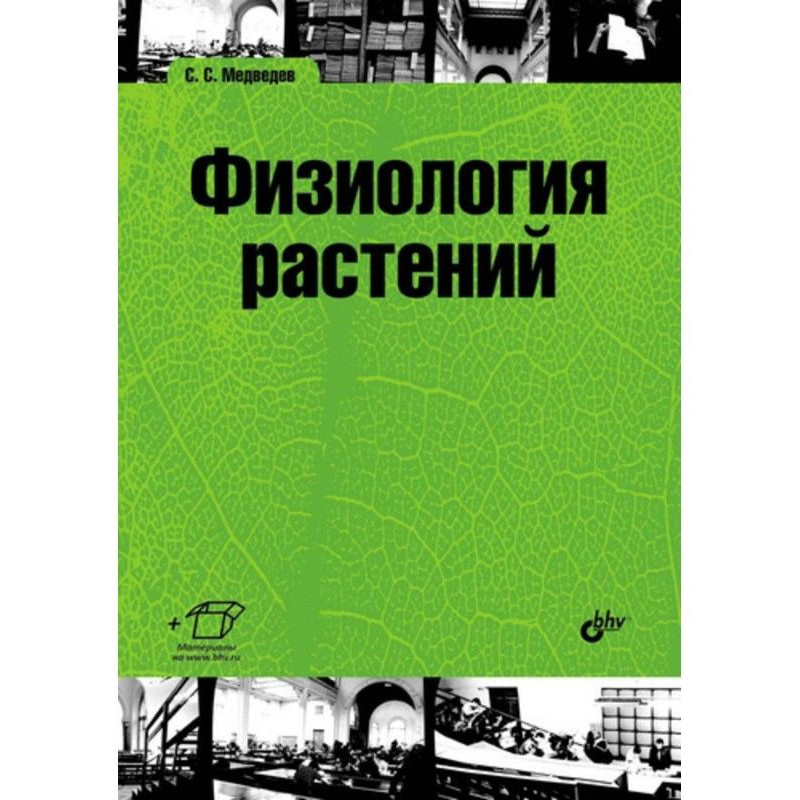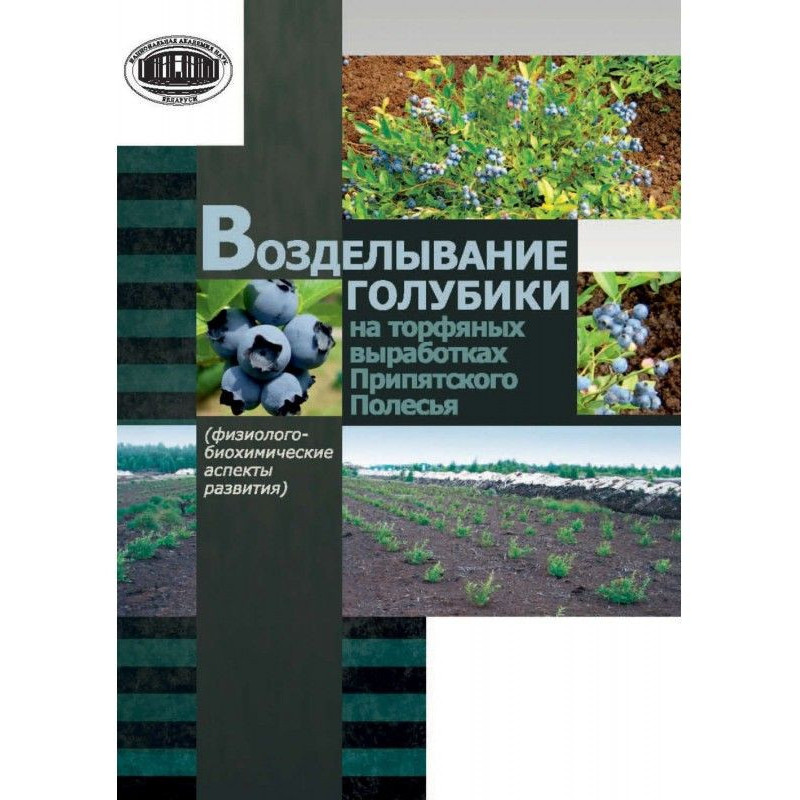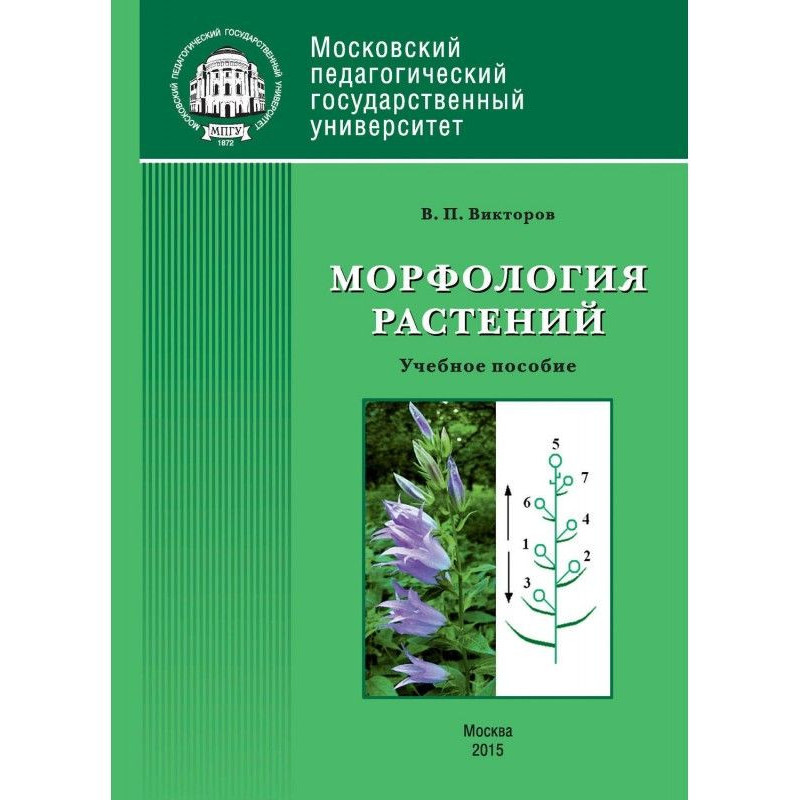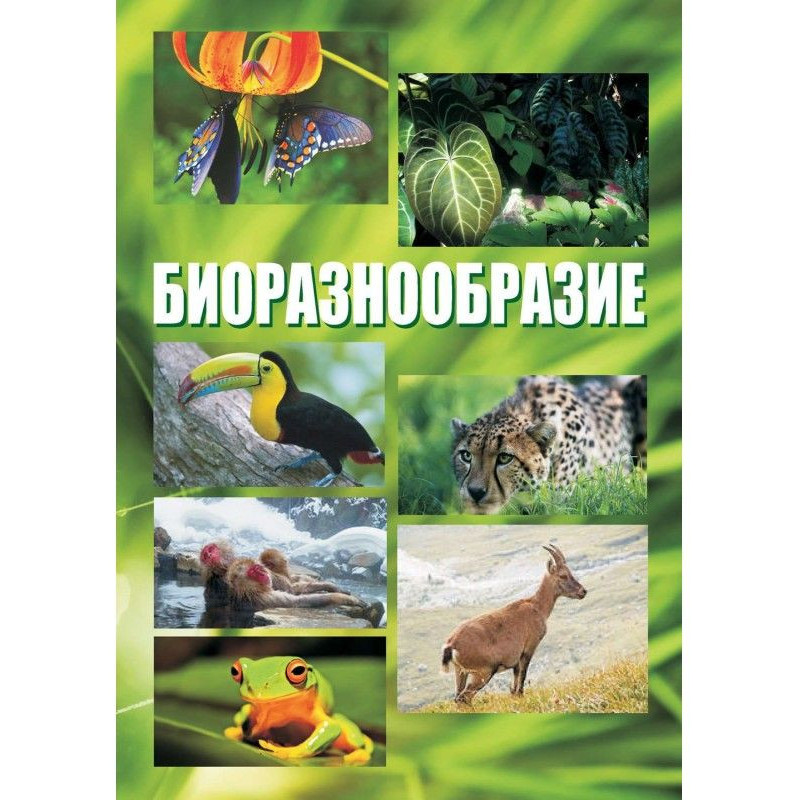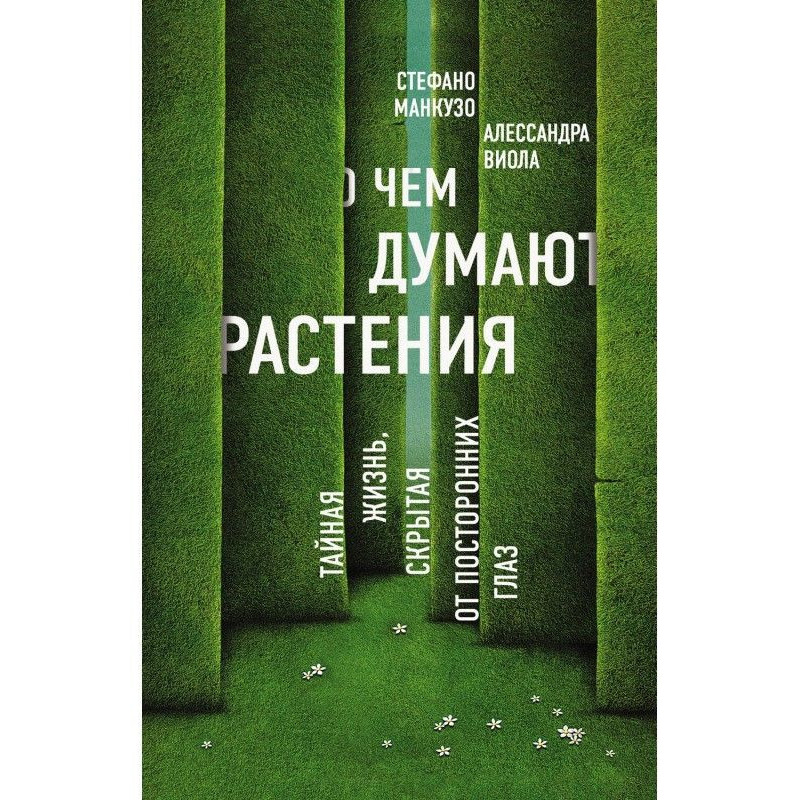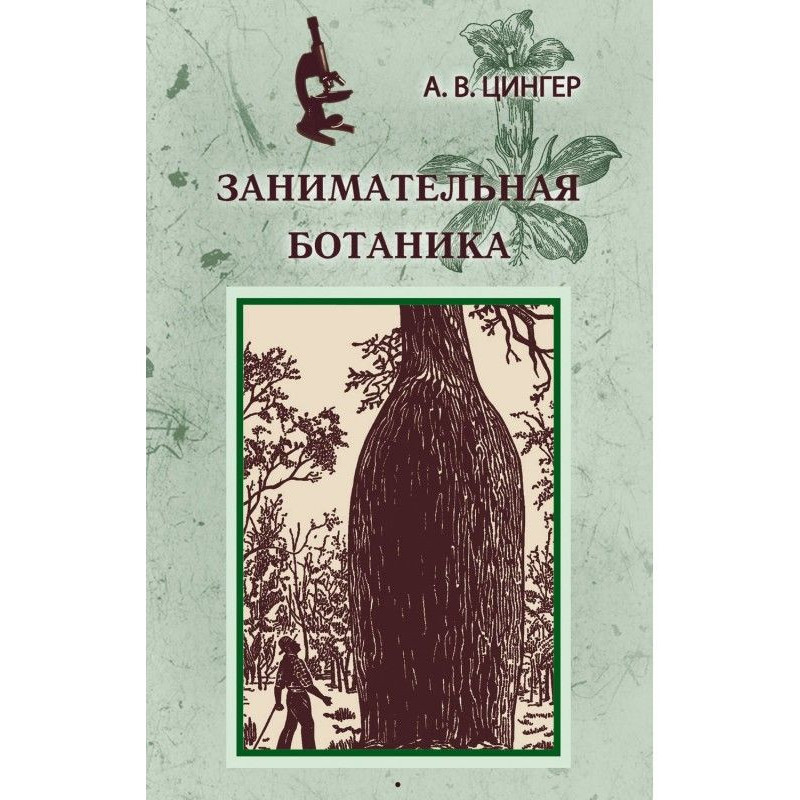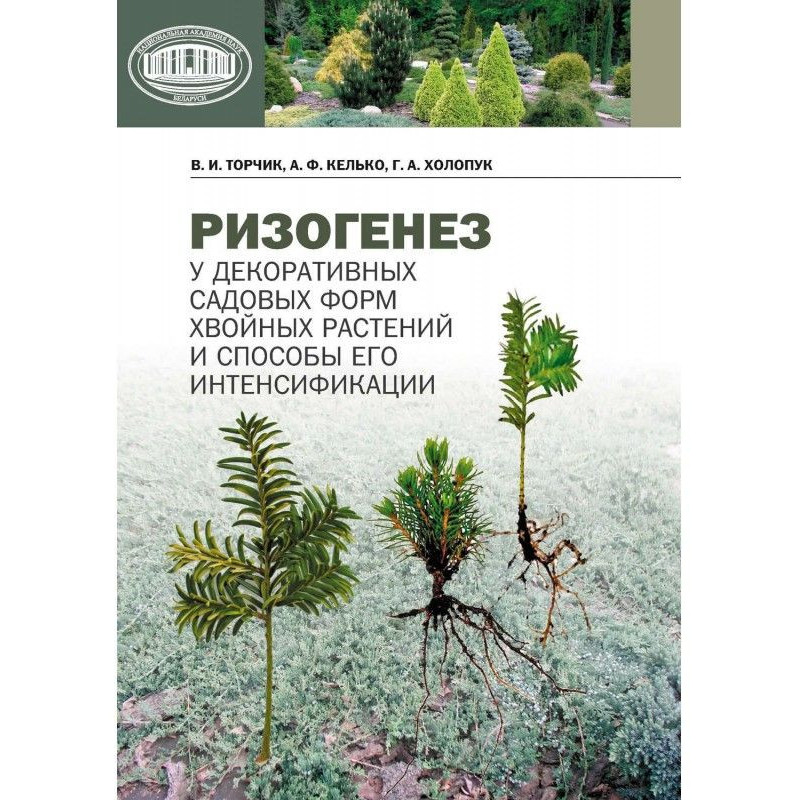Hogweed Sosnovsky: problems of use and control of spread
 Instant download
Instant download
after payment (24/7)
 Wide range of formats
Wide range of formats
(for all gadgets)
 Full book
Full book
(including for Apple and Android)
Sosnowsky's hogweed Heracleum Sosnowsky Manden., a representative of the Umbrella family, in 1970–1990. was considered one of the most valuable and promising new forage plants in the USSR. This hardy plant grows well in cold climates. Hogweed provides high-protein food, like peas, alfalfa, sainfoin, rapeseed, and broad beans. The green mass of hogweed contains many nutrients useful for animals - sugars, vitamins, amino acids, microelements, and antibacterial substances. The low cost of its cultivation is also important: hogweed is a very unpretentious plant that does not require any care, fertilization, or chemical protection from weeds, pests and diseases. I sowed it once and mowed it several times over the summer for many years. However, it later turned out that it has poisonous properties and, when eaten by domestic animals, spoils the quality of livestock products. In addition, as a poisonous plant, it causes skin burns to those who come into contact with it. Due to the cultivation of Sosnovsky's hogweed as a silage crop, it quickly spread in Russia and neighboring countries. It actively moved from the fields into the wild, to the banks of reservoirs, wastelands, road rights-of-way, uncultivated areas of fields, forest clearings and edges, mountain slopes, and river valleys. It is no coincidence that the position regarding Sosnowski's hogweed has changed dramatically. The identification of the poisonous properties of Sosnovsky's hogweed and a number of disadvantages as a fodder plant prompted the authorities to abandon further attempts at industrial cultivation of this plant. It is excluded from the achievements of selection; has lost its status as an agricultural crop and is officially classified as a weed and dangerous plant. Programs are being developed and large-scale, costly work is being carried out to destroy Sosnovsky hogweed thickets. However, taking into account the unique biochemical, biological, ecological, phytocenotic and other features of Sosnovsky's hogweed, its high consumption by small cattle and many wild animals, it is likely that having studied Sosnovsky's hogweed in detail, it is possible that humanity will again begin to breed it and develop valuable cultivated varieties. It is quite obvious that this work will be carried out under strict control, excluding the invasion of Sosnovsky's hogweed into adjacent territories. This book is intended for agricultural specialists, as well as ecologists, workers of environmental road services, carrying out work on the destruction of Sosnovsky's hogweed.
Data sheet
- Name of the Author
- Егор Сигунов Владимирович
Михаил Шилов Петрович - Language
- Russian

